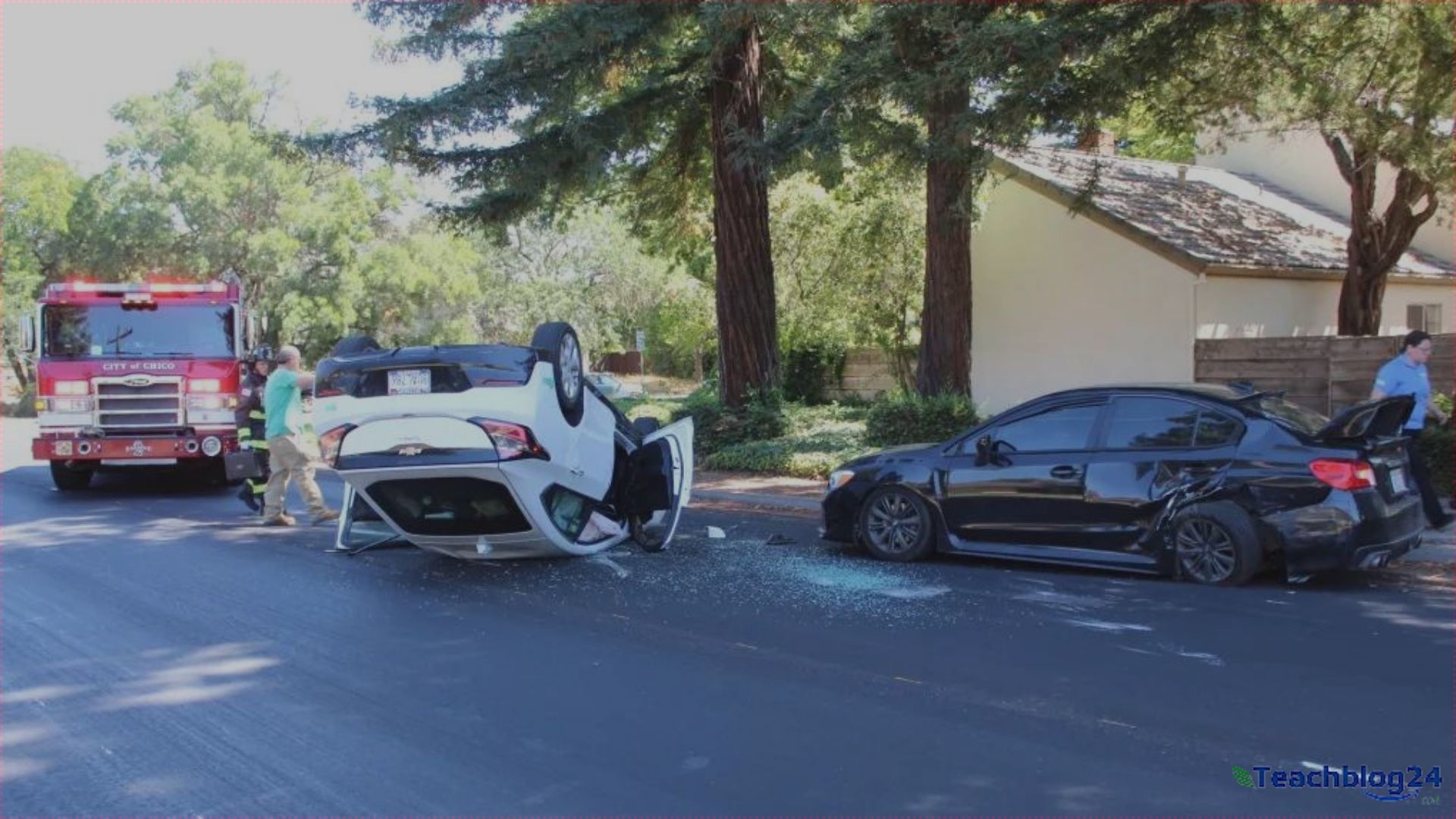Top Construction Equipment Models for Mountainous Regions
The best powerful and durable construction equipment models to perform operations and carry out heavy-duty tasks in mountainous and risk-involved regions.

Construction, particularly in mountainous regions has its own set of difficulties. The environment, in general, proves to be rather hostile: rocks, sharp turns, steep approaches, and unpredictable weather demand both high capacity and multi-functional, wear-resistant, and secure equipment. To help the project manager choose which models to invest in, the top models of heavy moving machinery of the construction sector utilized in these regions are examined and assessed according to their qualities and practicality.
The Challenges of Mountainous Construction
Before deploying the equipment, it's important to learn about the specific challenges associated with constructing in mountainous regions:
Steep Slopes and Uneven Terrain: Working on inclines requires equipment that has high traction and stability.
Accessibility: Small spaces and narrow paths require multifunctional and portable tools.
Weather Conditions: Snow, rain and strong winds require strong machines that can work in unfavorable conditions.
Material Transport: Transportation of materials up and down slopes not only takes time but is also dangerous.
Given these facts, selecting the right equipment is highly important and balances the efficiency, safety, and time of the project.
Top Equipment Models for Mountainous Regions
Caterpillar D6 XE Dozer
The Caterpillar D6 XE is one of the dozers with superior performance for difficult-to-manage terrains. Key features include:
Electric Drive System: This advanced system increases fuel efficiency and provides smooth performance.
Advanced Traction Control: Helps stabilize the machinery on high or irregular slopes.
Durability: Specially designed for tough environments, the D6 XE can be useful in grading and land clearing, especially in mountainous regions.
Komatsu D85 Bulldozer
The Komatsu D85 is highly reliable and embraces advanced features among the other excavators in the market. Features include:
Intelligent Machine Control (IMC): It helps automate the blade control and upgrades its capabilities which decreases the workload of the operator.
Heavy-Duty Undercarriage: Offers great ground pressure and ensures firm stability, especially on uneven terrains.
Power and Efficiency: The D85 is designed to be a heavy-duty machine and is fitted with a strong engine to perform tasks of large projects.
Caterpillar 336 Excavator
Excavators are used for digging purposes, materials handling, and mostly demolition operations. The Caterpillar 336 stands out for its:
Powerful Engine: Supplies the necessary strength that can be used to dig up the ground or move heavy substances.
Advanced Hydraulics: Improves flexibility, which is particularly important when operating in the rather narrow spaces normally in mountainous environments.
Fuel Efficiency: Results in low operating expenses while still achieving the best outcomes.
Volvo L150H Wheel Loader
Wheel loaders are used for loading and moving materials accurately. The Volvo L150H combines efficiency with comfort:
Responsive Hydraulics: It allows the system to run smoothly regardless of the existing surface irregularities.
Durable Build: Developed for use in conditions that may be physically and mechanically demanding.
Operator Comfort: Has a large cab area as well as comfortable levers and controls, so that operators do not easily get tired in the course of their work.
MB Crusher BF60.1 Bucket
For projects requiring on-site material processing, the MB Crusher BF60.1 is an invaluable tool:
Compact Design: Suitable for excavators as small as 10 tonnes, making it ideal for restricted job sites.
Efficiency: Carries out all its processes on site which minimizes the need to transit materials to and from distant locations.
Versatility: Capable of handling different materials such as rock and concrete.
Key Considerations When Choosing Equipment
Equipment selection is not only about examining the characteristics of the equipment. Consider these factors:
Terrain Adaptability:
Basic equipment requirements include adjustable tracks, enhanced traction control, or additional sets of gears that will be appropriate when operating in mountainous regions.
Size and Maneuverability:
Small machines can move through narrow paths and other restricted areas most efficiently. Recognizable steering and restricted turning circles are preferred.
Operator Safety and Comfort:
Cabs are designed to fit the driver’s size as well as reduce fatigue and increase control accuracy. Other very important measures include ROPS and stability control.
Maintenance and Support:
In this case, it is advisable to select machinery exhibiting the best results in terms of durability. Make sure that service and parts are available easily including in remote areas.
Environmental Impact:
Low-emission equipment and fuel-efficient vehicles can assist in decreasing the impact that construction projects may have on mountainous regions.
Best Practices for Using Equipment in Mountainous Regions
Operator Training:
Operators must be trained to overcome obstacles, especially with challenges of mountainous terrains, and whenever moving on narrow paths.
Regular Maintenance:
Conduct daily inspections that will minimize cases of breakdowns in hard-to-reach districts. Tracks, tires, and hydraulic system accessories should be given closer attention because these are some of the parts of the equipment that get used up faster when working under tough conditions.
Weather Preparedness:
Some useful accessories that you need to ensure you have for the equipment, particularly in the snowy or icy areas are snow chains or other related items. Develop a plan for extreme conditions and set a schedule to avoid disruptions in operation.
Safety Measures:
Setting up barriers and warning systems could be useful to prevent accidents during operations on steep slopes. Radios and other communication devices should be used to keep communication very clear within the team.
Efficient Material Management:
On-site equipment like the MB Crusher BF60.1 could be utilized to minimize the transportation of materials. The material must be planned to be stored in suitable places to reduce the amount of transportation required.
Future of Construction Equipment for Mountainous Regions
The construction sector is always changing, and new developments can improve operations even more in difficult settings:
Autonomous Machinery: In particular, dangerous regions like mountainous ones can benefit from the application of automated machinery which can lead to the elimination or decrease the related risks and increase productivity.
Electric and Hybrid Models: These cut emissions as well as operating costs, making these models fit well with sustainability initiatives.
Telematics and Remote Monitoring: Data on equipment performance collected in real-time makes usage optimization and breakdown avoidance possible.
On Final Note
Construction in the mountains has to be a delicate process of measuring forces, stability, and flexibility at the micro level. The Caterpillar D6 XE, Komatsu D85, Caterpillar 336, Volvo L150H, and the MB Crusher BF60.1 are perfect examples of equipment built to tackle such conditions. Through these classifications, project managers can choose the right machinery based on terrain adaptability, size, weight, safety for the operation, and maintenance. In the future, construction equipment is expected to record enhanced performance in addressing challenges associated with mountainous construction, not only in safety, and efficiency but also in environmental conservation. Choosing the right equipment involves far more than matching project specifications, it involves setting the stage for success even where conditions are harsh.
What's Your Reaction?




















